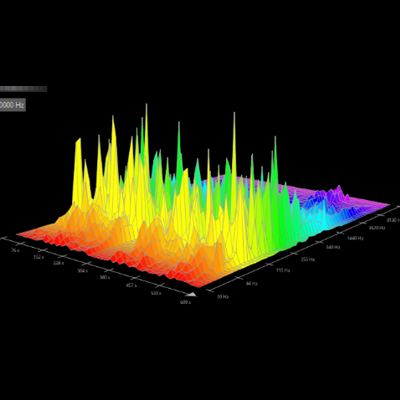Poetics of hypertimbralism in music

All claims expressed in this article are solely those of the authors and do not necessarily represent those of their affiliated organizations, or those of the publisher, the editors and the reviewers. Any product that may be evaluated in this article or claim that may be made by its manufacturer is not guaranteed or endorsed by the publisher.
My presentation is an attempt to introduce and clarify an original concept which I called Hypertimbralism, that refers to music based on Hypertimbre as the foundation for musical composition. It points to either orchestral, chamber or solo instruments music which relies on unusual timbre involving polyspectral energy. In contemporary music, two factors led to the arousal of Timbre-based aesthetics: sound mass (very dense textures) and extended instrumental techniques. Hypertimbralism embraces already written music and at the same time opens imagination for new insights in this matter. A poetics of hypertimbralism would provide a musicological background for composition based on an enhanced vocabulary of timbre and on a higher understanding of timbre perception.
How to Cite

This work is licensed under a Creative Commons Attribution-NonCommercial 4.0 International License.
Copyright (c) 2023 The Author(s)
PAGEPress has chosen to apply the Creative Commons Attribution NonCommercial 4.0 International License (CC BY-NC 4.0) to all manuscripts to be published.

 https://doi.org/10.4081/peasa.6
https://doi.org/10.4081/peasa.6



